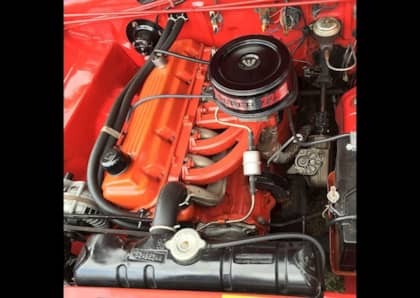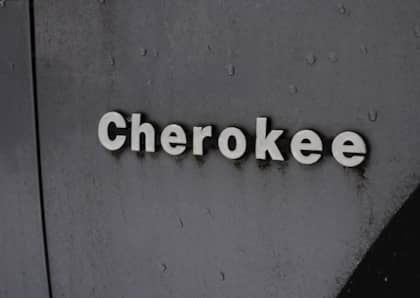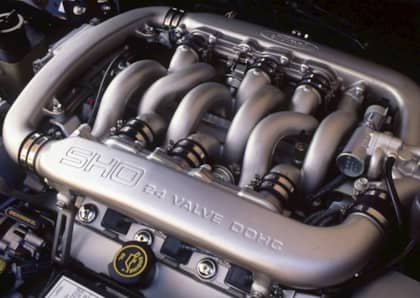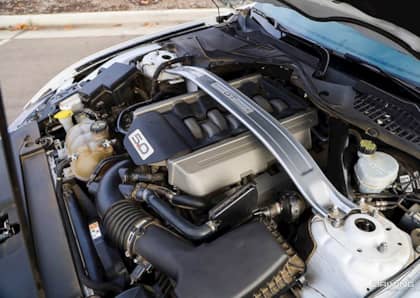The Birth Of The Big Six: 5 Classic Truck V6 And I6 Engines That Took On V8s
The V8 engine has long been the focus of almost every classic truck or SUV enthusiast. In the 1960s and '70s, however, six-cylinder motors found their way between the front fenders of almost every pickup or sport-utility on the market, often as the affordable entry-level option. This means that there are thousands of V6 and straight-six trucks out there waiting to be discovered by someone willing to accept them as they are, rather than use them as a template for building yet another eight-cylinder clone.
Which classic six-cylinder trucks are worthy of the most attention? Check out these 'big sixes' that offered nearly as much utility and torque as the V8 motors that would come to replace them in the popular consciousness.
GMC 305 V6
Right up until the end of the 1950s, if you wanted a six-cylinder engine in a truck it had to be an inline-six.
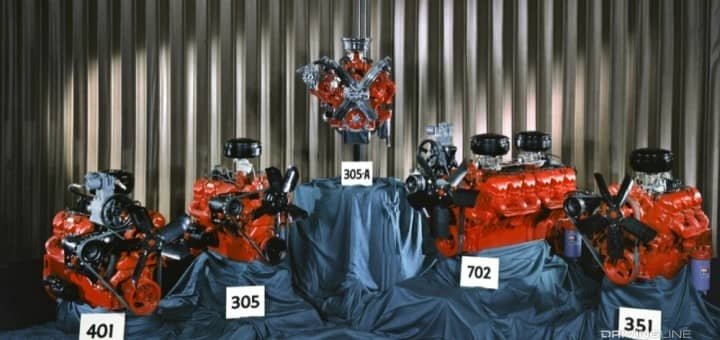
That all changed in 1960 when GMC introduced a 305 cubic inch V6 that was specifically designed for use in pickups and other heavy-duty vehicles. The engine was intended to handle extreme use while providing the kind of torque that pickup owners asked for.
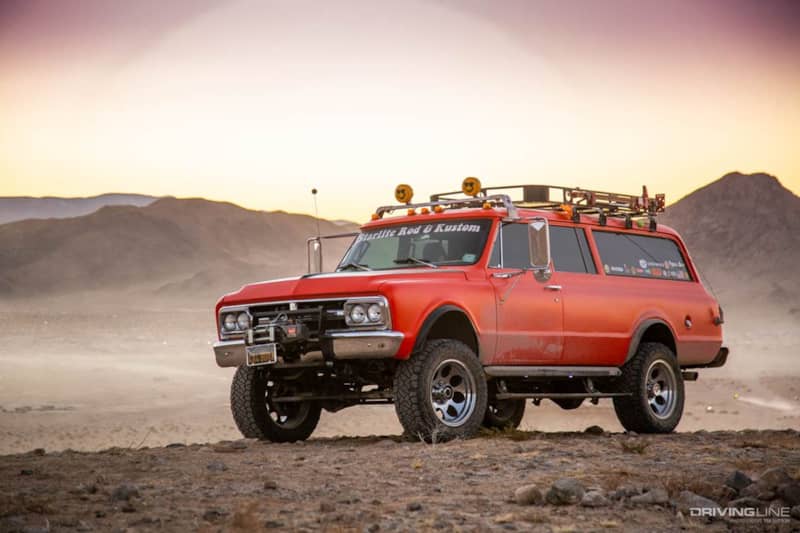
With 5.0L of displacement and up to 165hp and 280 lb-ft of twist, the new V6 was more than adequate in an era when trucks were rarely used as daily drivers. Aluminum pistons and hefty bearings were some of the highlights of the 305 V6, which would pull duty as the entry-level engine in not just half-ton pickups but also the GMC Suburban all the way until 1974.
AMC 258 I6
American Motors Company had a long history of building stout six-cylinder engines. Of these, one of the most enduring was the 258 cubic inch design offered under the hoods of a long list of both trucks and passenger cars from 1971 to 1990.
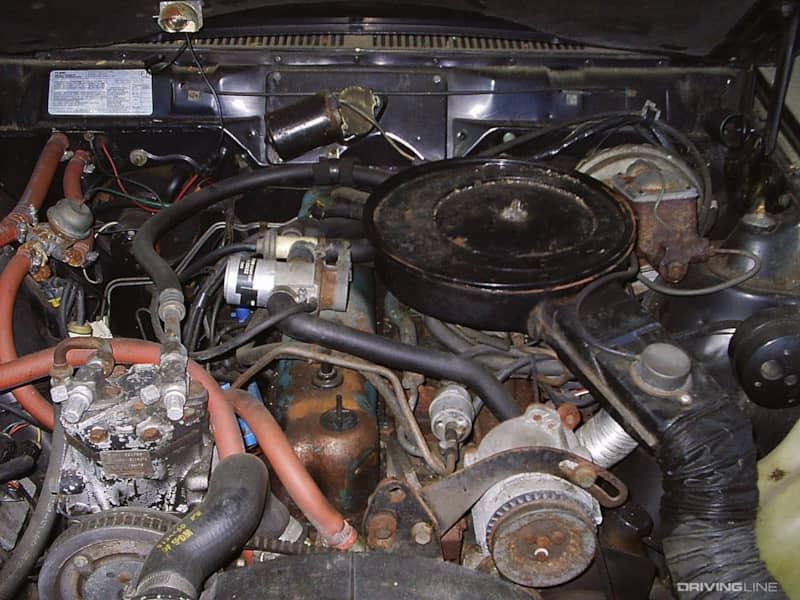
The engine, which was also known as the 4.2 (its displacement in liters), produced between 110 and 150 horsepower depending on its application and was good for as much as 240 lb-ft of torque.
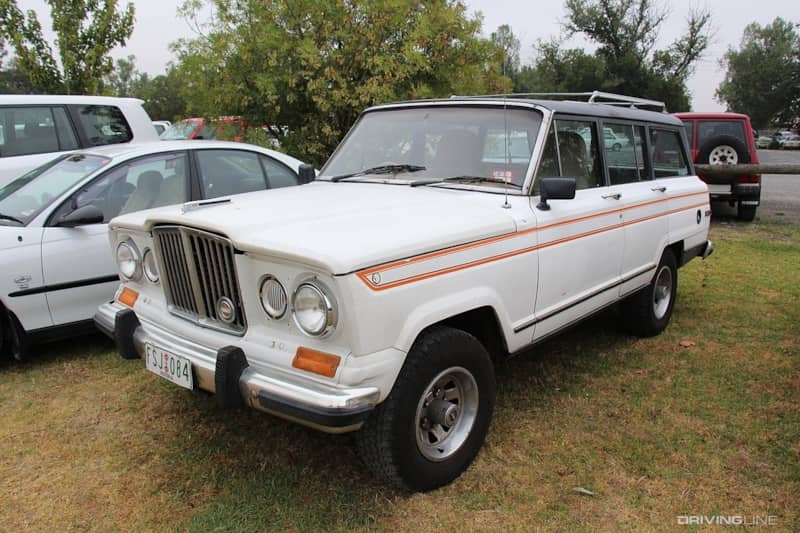
For SUV fans, the most popular models featuring the AMC 258 included the Jeep Wagoneer and Cherokee, the J-Series pickups, and of course the CJ and the Wrangler YJ that replaced it, which would pick up the 258 from 1987 to 1990. International Harvester would also borrow the engine to install in the Scout for most of the 1970s.
Ford 300 I6
Ford's 300 cubic inch inline six was relied on for 30 years by truck, van, and SUV owners seeking an extremely reliable engine that could still tow a trailer or haul a heavy load without consuming too much gas. Introduced in 1965, the 300 represented the fourth generation of Ford's I6 evolution, and it ended up being such a strong design that it was the final and most enduring straight six motor that the Blue Oval would offer in North America.
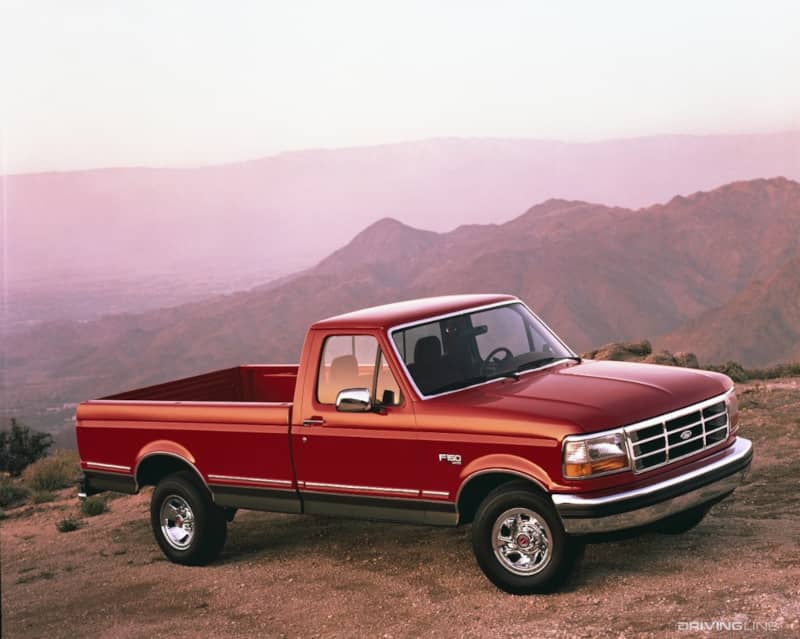
Ford produced many different varieties of the 300 across a wide range of industrial applications, but on the automotive side it would offer as much as 150 horsepower when fuel injection entered the mix in 1987 (having delivered about 100 horses when it first went on sale). Torque was strong, topping out at 260 lb-ft, which allowed it to find a home in both the F-150 and heavy equipment such as medium-duty trucks weighing as much as 20,000 lbs.
Dodge 225 Slant Six
The 225 cubic inch version of Mopar's famous 'slant six' engine (so named because its inline cylinder arrangement sloped to one side to clear the hood in passenger cars) was a solid stand-in for Dodge truck buyers for more than two decades.
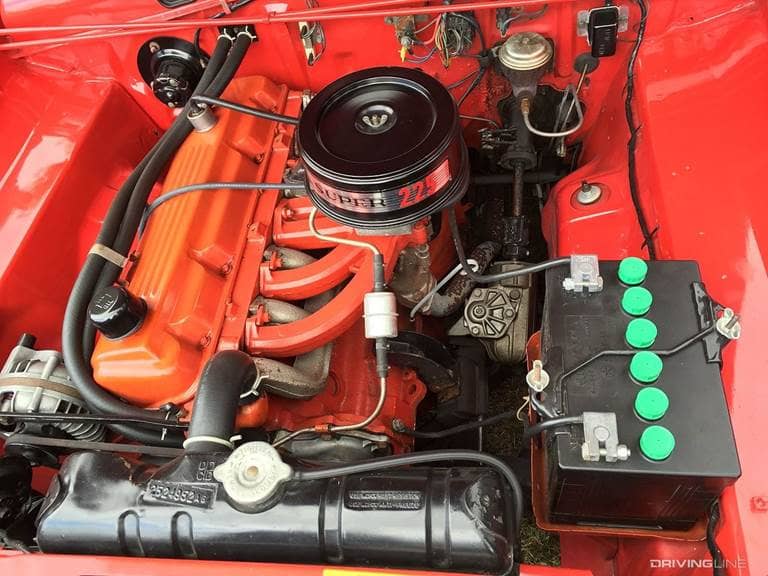
With horsepower similar to the slightly larger Ford 300 (145 horses in its most potent tune), the 225 appeared in 1960 and quickly developed a similar reputation as an unkillable engine. On top of its refusal to say die, Dodge pickup owners were fond of its miserly ways at the fuel pump, which made it particularly popular throughout the 1970s when gas prices became a major concern for anyone owning a V8.
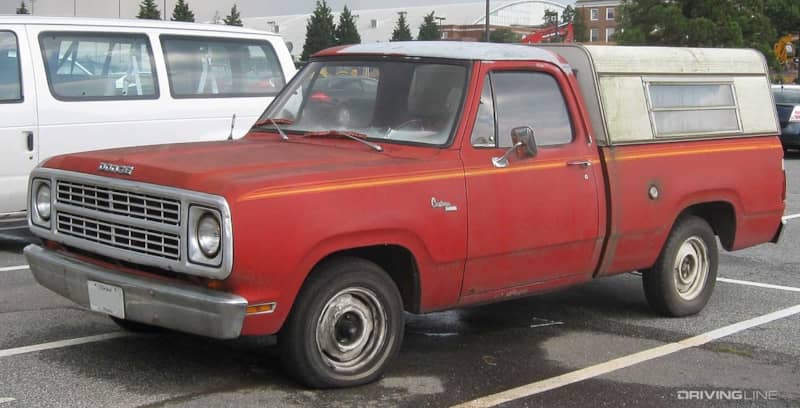
Patience was a virtue with the 225: by the time it left the market in 1987 (replaced by the 3.9-liter Magnum V6), its 96 horsepower and 170 lb-ft of torque had made acceleration a gradual process at best.
GMC 478 V6
Our round-up of big sixes began with GMC and it's ending with GMC, too. In fact, the massive 478 cubic inch V6 that the company debuted in the 1960s was a direct evolution of the original 305 motor from just a couple of years beforehand.
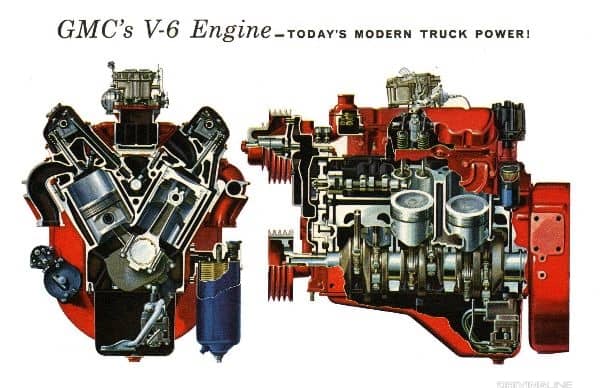
Massive doesn't begin to describe the 478, which was larger in terms of displacement than many V8 engines of its era. With an astonishing 442 lb-ft of torque on tap to complement its 254 horsepower, it's no surprise that GMC intended the motor for use in heavy-duty dump trucks, haulers, and buses.

Not a performance engine by any stretch of the imagination, the 478 was intended to live its life at low revs and earn its keep in an industrial setting. Some were even repurposed as generators or used to power equipment in factories and sawmills, or pump water out into the fields as part of massive agricultural irrigation systems.
More From Driving Line
- V6 engines don't get much love, but neither does one of GM's most advanced V8s. Check out this look at building the Cadillac Northstar for high performance.




